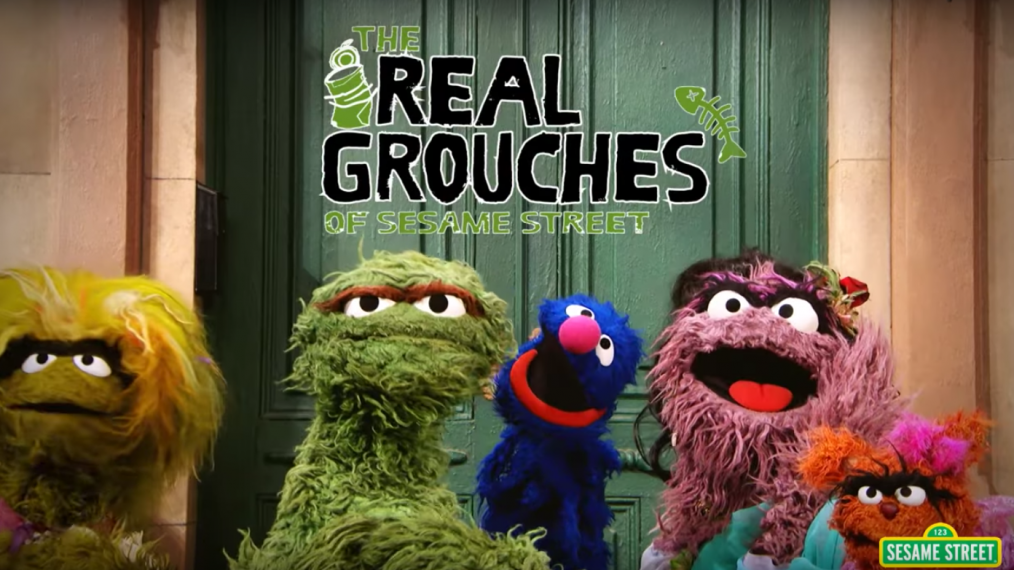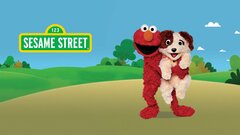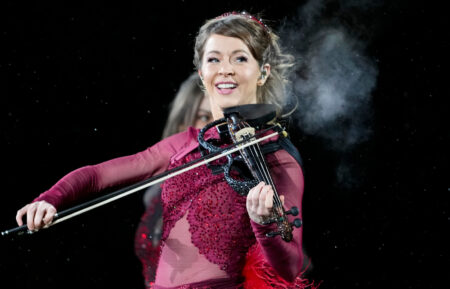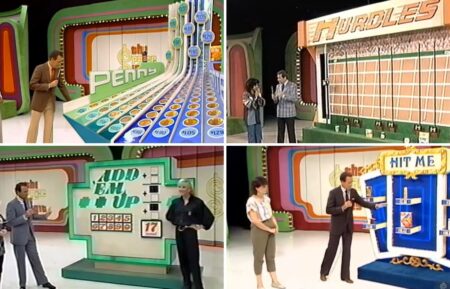10 Major Moments from ‘Sesame Street’s First 50 Years (VIDEO)
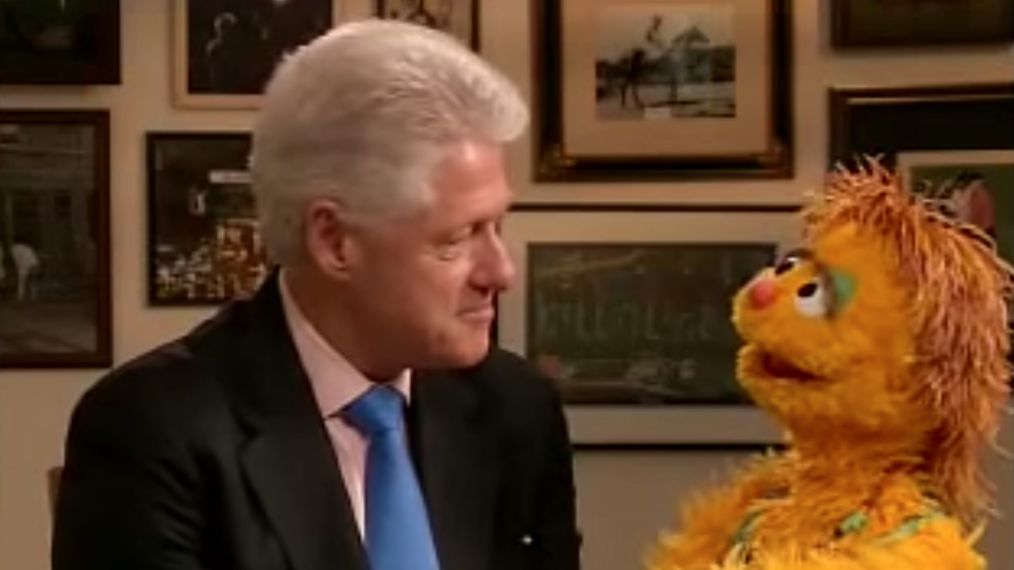
For nearly half a century now, the friendly neighbors of Sesame Street have opened their doors wide to millions of viewers, letting them “come and play” where’s “everything’s A-OK” — well, mostly A-OK, anyway.
Along the way, the hit children’s show has explored very serious real-world topics amid all the sunny days. As Sesame Street gets ready to turn 50 in November, we’re rounding up 10 defining moments from the street’s storied history.
“It’s Not Easy Bein’ Green”
Kermit started singing about his existential crisis — lamenting “blend[ing] in with so many ordinary things” but ultimately embracing his color — in 1970 during Sesame Street’s first season. “Bein’ Green” has since been covered by Frank Sinatra, Diana Ross, Van Morrison, and — yes — Oscar the Grouch.
“Rubber Duckie, You’re the One”
Around the same time, Ernie debuted an anthem of his own: this celebration of his favorite bath toy. The song reached #16 on Billboard’s Hot 100 and was nominated for the 1971 Grammy for Best Recording for Children. (It lost to The Sesame Street Book & Record, an album on which it appeared.)
Sonia and Rosita make history
In 1971, Sesame Street cast Sonia Manzano in television’s first-ever Latina leading role, and she played the part until her 2015 retirement. And in 1983, the show introduced Rosita, its first Latina muppet, at another time when immigration from Mexico was a hot-button topic.
Big Bird mourns Mr. Hooper
Sesame Street dealt with the very big, very grown-up concept of death in 1983 after Sesame Street cast member Will Lee, the actor behind shopkeeper Mr. Hooper, died of a heart attack. “We can remember him and remember him and remember him as much as we want to,” Big Bird concluded on the show.
Meet Elmo
It’s hard to imagine there was ever a Sesame Street without Elmo: The red guy didn’t make his debut until 1984, though eagle-eyed fans might have seen him as background character Baby Monster in the 1970s. As Elmo, the Muppet became so popular that parents started riots trying to buy Tickle Me Elmo in stores during the 1996 Christmas season.
Big Bird is believed
For nearly 15 years, wooly mammoth Snuffleupagus existed only as Big Bird’s imaginary friends — until 1985, when real-world events inspired Sesame Street writers to make Snuffy visible to other characters, too. “In this day of child abuse, we felt it important for children to feel they could talk to adults and be believed,” said executive producer Dulcy Singer. “We didn’t want to do anything to discourage children from going to their parents.”
Sesame Street tackles racism
In a 1993 episode, Gina has to explain racism to Telly Monster after someone calls to complain about her hanging with Savion. “Telly, there are just some really stupid people in the world who can’t stand to see when people of different races are friends,” she says. Because Sav’s skin is brown and mine is white he thinks we shouldn’t be friends.
Kami redefines HIV
Takalani Sesame, South Africa’s version of the show, introduced the franchise’s first HIV-positive character with the debut of Kami in 2002. Kami, whose name means “acceptance” in Setswana, has a vibrant personality and an energetic spirit, showing kids that people can live happy, full lives amid HIV diagnoses.
Cookie Monster goes on a diet
Cookie Monster stopped gobbling baked goods in 2005 when Sesame Workshop controversially reimagined the character as an advocate of healthy eating habits. Check out this video of him and Wyclef Jean singing, “Nutrition is really hip.”
Julia gives a face to autism
The 2017 debut of Julia, a Muppet with autism, had special resonance for puppeteer Stacey Gordon: Her son has autism, too. “Had my son’s friends been exposed to his behaviors through something that they had seen on TV before they experienced them in the classroom, they might not have been frightened,” she told 60 Minutes. “And [they] would have known that he plays in a different way, and that that’s OK.”

